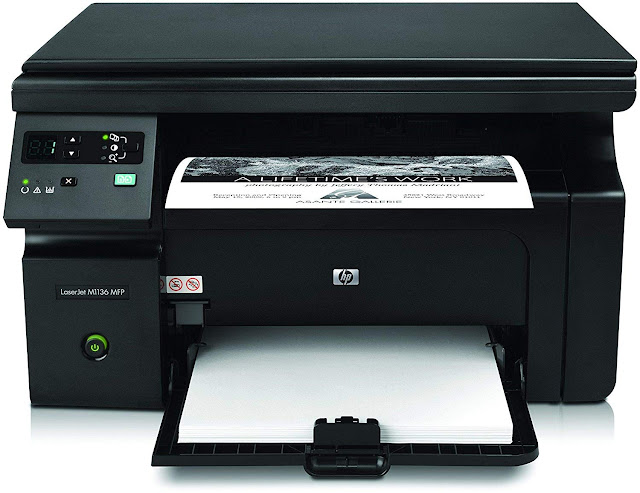India and U.S Bilateral Trade Relation
 |
| India and U.S Bilateral Trade Relation |
While
visiting to USA, in September 2014 of the Prime Minister of India, both nation
set a target to increase trade between them in terms of goods and services to $
500 billion. In June 2016 prime minister of India, Narendra Modi and US
President Obama Pledged to explore new opportunities to decline all the
barriers in economic growth, movement of goods and services, and to support
deeper integration into global supply chain, by creating new jobs and help to
increase both side economy.
According to U.S Bureau of economic analysis,
U.S direct investment in India at $28.33 billion in 2015. As per Indian
official statistics, the cumulative FDI inflows from the US from April 2000 to
December 2015 amounted to almost $ 17.94 billion making nearly 6% of the total
FDI into India, which the U.S. the fifth largest source of FDI into India. In
the past few years Indian investment is increasing into the USA which shows a
novel feature of bilateral ties. According to CII and Grant Thornton survey
released in August 2015, India companies are contributing highly by making $ 15
billion worth of tangible investments across 35 states, creating more than
91,000 American jobs
India-U. S have made several platforms to strengthen bilateral
engagement on Economy and trade front.
Ministerial Trade Policy Forum
Bilateral
India-U.S. CEO's Forum: For greater involvement of private sector
in discussion on issues involving trade and investment which held its last
meeting in August 2016 in New Delhi coinciding with the Strategic &
Commercial conversations.
U.S.-India Infrastructure Collaboration Platform
Apart with these U.S companies will be leading the development of Allahabad,
Ajmer and Vishakhapatnam as smart cities in India.
USAID is going serve
as knowledge partner for the Urban India Water, Sanitation and Hygiene (WASH)
alliance to help leverage business and civil society (Gates Foundation) to
facilitate access to clean water, hygiene and sanitation in 500 Indian cities.
Despites of getting a higher rank of India and U.S Trade relation in past few months there were obstacles
that have an adverse effect on the India
and U.S Trade relation as US criticizes India for certain reasons like.
·
High tariff
rates on imports
·
High
surcharges and taxes on a variety of imports
·
Non-tariff
barriers on US exports to India
From rural sponsorships to
licensed innovation rights to specialized measures, the United States Trade
Representative (USTR) has drilled down far reaching issues crosswise over areas
that are hurting US exchange interests in its business with India. USTR's 2018
National Trade Estimate Report on Foreign Trade Barriers (NTE), distributed as
a buddy piece to US President Donald Trump's 2018 Trade Policy Agenda on March
30, discusses twelve such territories that present exchange boundaries for US
organizations. These divisions could be the focal point of India-US exchange
talks in future as the Trump organization gets down to rectifying existing
exchange uneven characters with its exchange accomplices and elevating
neighborhood assembling to supplant imports.
NTE distinguishes a few ‘specialized
obstructions' that are hurting the fare prospects of American organizations
occupied with the make of toys, hardware and data innovation products, media
transmission gear, bundled sustenance things, and in territories like biotech
crops, animal’s hereditary qualities, dairy and mixed refreshments. It
considers India's sustenance trying and benchmarks as a method for making
sterile and phytosanitary boundaries for pork and poultry sends out. Taxes and
different charges on imports, import licenses and traditions methodology were
likewise a worry.
The US blames India for seeking
after discriminating strategies to ensure its household administrations -
protection, saving money, varying media administrations, legitimate, telecom
administrations, and so forth. Hindrances to section incorporated India's
remote access approach, satellite administrations and circulation
administrations. Information restriction, innovation, web administrations like
go-between risk, tax collection and electronic business figured as boundaries
to computerized exchange.
The US rundown of India explicit
issues comes when it is enhancing its exchange offset with India. The NTE calls
attention to that US merchandise exchange shortfall with India was USD 22.9
billion of every 2017, a 5.9 percent diminish (USD 1.4 billion) more than 2016.
US merchandise fares to India were USD 25.7 billion, up 18.7 percent (USD 4.0
billion) from the earlier year. Relating US imports from India were USD 48.6 billion,
up 5.6 percent.
As per NTE, India was the
fifteenth biggest merchandise send out market for US in 2017. US fares of
administrations to India were an expected USD 23.1 billion out of 2017 and
imports were USD 28.7 billion. Offers of administrations in India by lion's
share US-possessed offshoots were USD 24.5 billion of every 2015 (most recent
information accessible), while offers of administrations in the US by lion's
share India-claimed firms were USD 14.7 billion. US remote direct speculation
(FDI) in India (stock) was USD 32.9 billion out of 2016 (most recent
information accessible), a 10 percent expansion from 2015. US coordinate
interest in India is driven by expert, logical and specialized administrations,
assembling and discount exchange.



Comments
Post a Comment